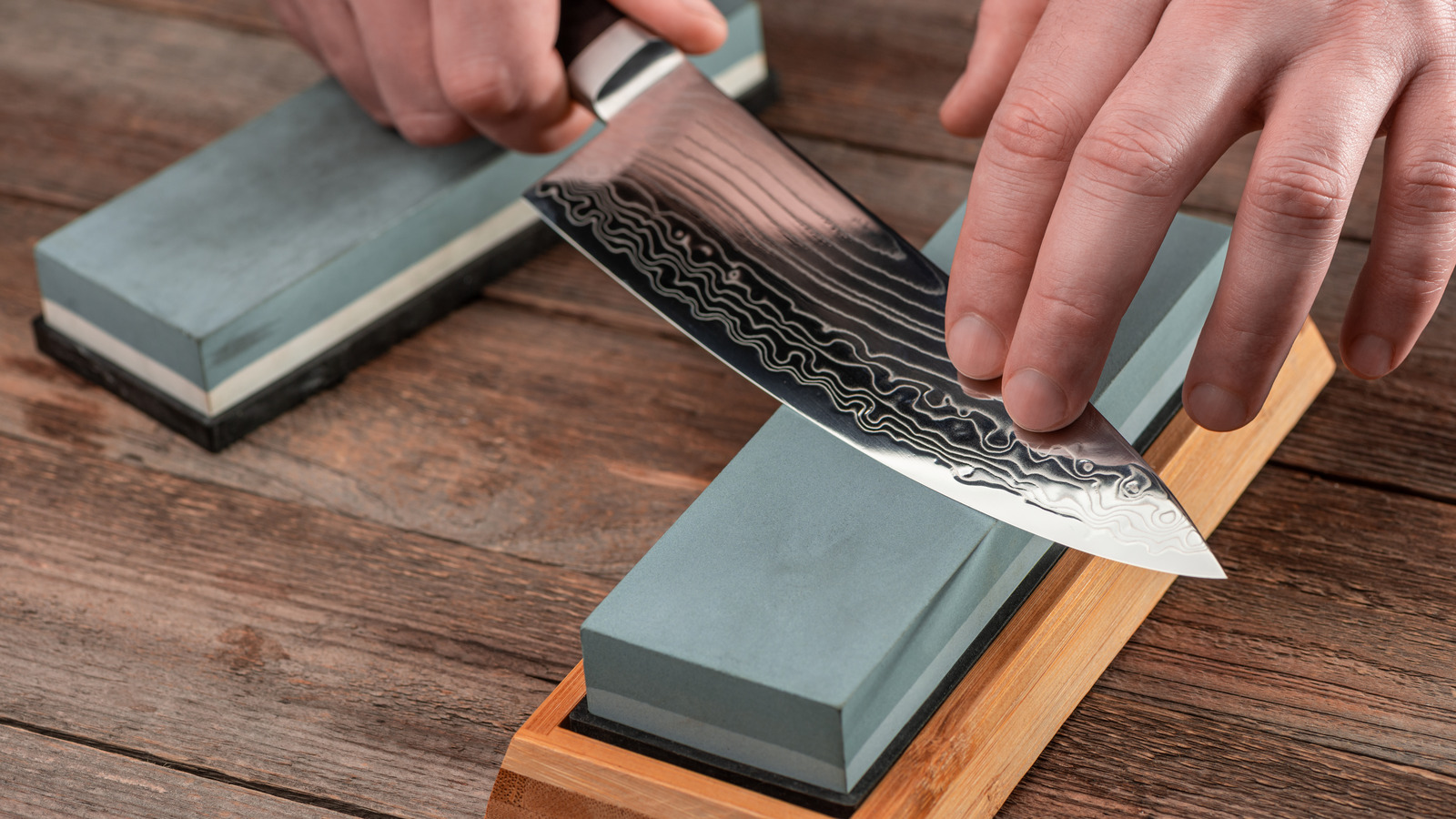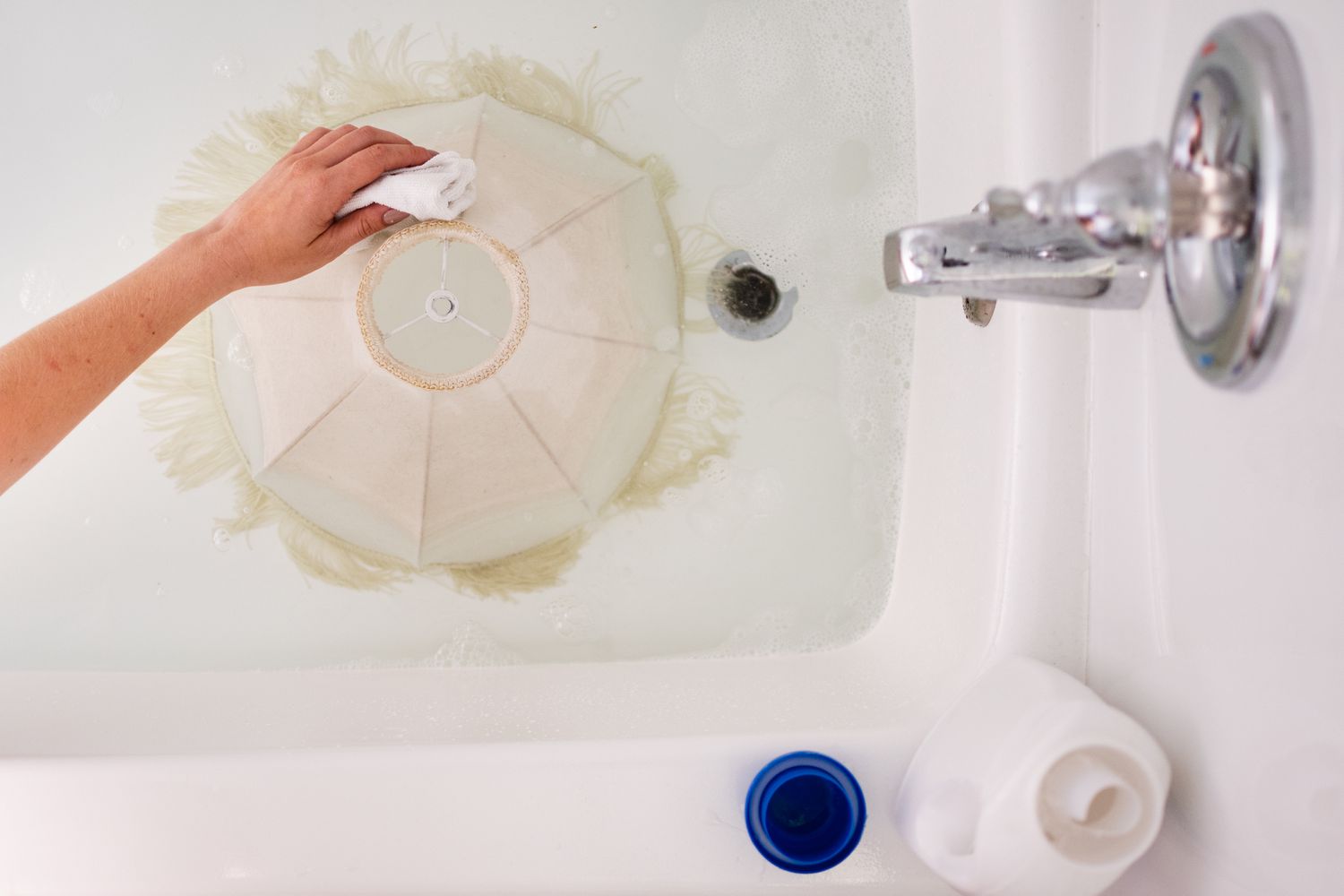Cleaning your sharpening stone regularly is essential for keeping it effective, smooth, and free from metal buildup. Over time, sharpening blades leaves behind metal filings, oil, and grime that can clog your stone’s pores, making it less efficient.
Whether you use an oil stone, water stone, or diamond stone, proper cleaning and flattening will extend its life and help you achieve sharper edges on your tools or knives. This comprehensive guide explains how to clean a sharpening stone using honing oil, WD-40, steel wool, and flattening plates.
Why Cleaning a Sharpening Stone Matters
A clogged sharpening stone doesn’t just lose its effectiveness — it can also damage your tools. When debris, oil, and metal particles build up inside the pores, the abrasive surface can’t cut properly. Regular cleaning keeps the stone’s grit exposed and helps you maintain consistent sharpening performance.
Benefits of Regular Cleaning:
-
Restores stone sharpness and cutting efficiency
-
Extends the life of the sharpening stone
-
Prevents uneven surfaces or “dishing”
-
Reduces metal buildup and glazing
-
Improves the accuracy of tool sharpening
Quick Cleaning Tips
If you’re in a hurry, here’s a quick way to clean your sharpening stone between sharpening sessions:
-
Apply a small amount of honing oil to the stone.
-
Rub the surface with a soft toothbrush in circular motions.
-
Wipe away the metal flecks using a damp cloth or paper towel.
-
Rinse thoroughly with warm water.
-
Dry with a paper towel before storing.
For more stubborn dirt or oil buildup, move on to a deep-cleaning method using WD-40 or flattening plates.
Method 1: Flushing Out Metal Filings with Honing Oil
Step 1: Apply Honing Oil
Rub a quarter-sized amount of honing oil onto your stone. This mineral oil lifts and carries away embedded metal filings. Use your finger or a soft toothbrush to spread the oil in small circular motions until you see tiny metal flecks rise to the surface.
💡 Tip: Honing oil also acts as a lubricant during sharpening and prevents friction damage.
Step 2: Wipe Away Metal Flecks
Use a damp paper towel or cloth to wipe the surface gently, removing all visible metal particles.
Step 3: Rinse Thoroughly
Rinse the stone under warm running water for 1–2 minutes to remove remaining debris. Pat dry with a clean towel. Avoid soap or detergents — plain water is enough.
Method 2: Removing Dirt and Grime with WD-40
Older or heavily used sharpening stones often have hardened oil and grime. A WD-40 deep clean can bring them back to life.
Step 1: Apply WD-40
Spray a light, even coat of WD-40 across the entire surface. This loosens and dissolves oil residue, making it easier to clean. Work in a well-ventilated area for safety.
Step 2: Scrub with Fine Steel Wool
Use 0000-grade steel wool (super fine) to scour the surface gently. Move in circular motions to lift off oil, grime, and caked-on dirt. You’ll notice a dark residue forming — that’s the trapped debris being removed.
⚠️ Safety Tip: Avoid using coarse steel wool, as it may scratch or wear down the stone unevenly.
Step 3: Wipe Clean
After scrubbing, use a damp paper towel or cloth to remove all WD-40 residue. Repeat if needed until the surface feels clean and smooth.
Method 3: Flattening and Restoring Your Sharpening Stone
Even a clean stone becomes uneven with use, especially near the center. This causes inconsistent sharpening results. Flattening restores the surface to perfect flatness.
Step 1: Use a Flattening Plate
Moisten your sharpening stone with water or honing oil. Gently rub it back and forth over a flattening plate (available at most hardware stores). Continue until the surface looks level and no embedded metal remains.
💡 If your stone is synthetic (such as silicon carbide or aluminum oxide), use honing oil instead of water.
Step 2: Sand Without a Flattening Plate
If you don’t have a plate, use 100-grit wet/dry sandpaper attached to a flat glass surface. Wet the sharpening stone and move it in circular motions over the sandpaper until it’s flat and smooth.
Step 3: Smooth Out Scratches
Use 400-grit sandpaper to polish out large scratches or grooves that could trap filings. Keep the stone wet during sanding for best results.
Step 4: Maintain Regularly
Flatten your sharpening stone every 10 uses (or more often if you sharpen frequently). You can also lightly flatten it for 15 seconds before each session to prevent dish-shaped wear.
Maintenance Tips for Sharpening Stone Longevity
-
Always clean after each sharpening to prevent metal buildup.
-
Avoid detergents or soap — they can clog the stone.
-
Store your sharpening stone in a dry, cool place to prevent cracking.
-
Flatten regularly for consistent sharpening results.
-
Use a non-slip mat under the stone for safety and stability.
Conclusion
Keeping your sharpening stone clean and flat ensures consistent, razor-sharp results every time you sharpen your knives or tools. Whether you use honing oil for light cleaning, WD-40 for deep grime removal, or a flattening plate for resurfacing, regular care can dramatically extend the stone’s lifespan.
Make sharpening easier and more precise — take a few minutes after each use to maintain your stone properly.



